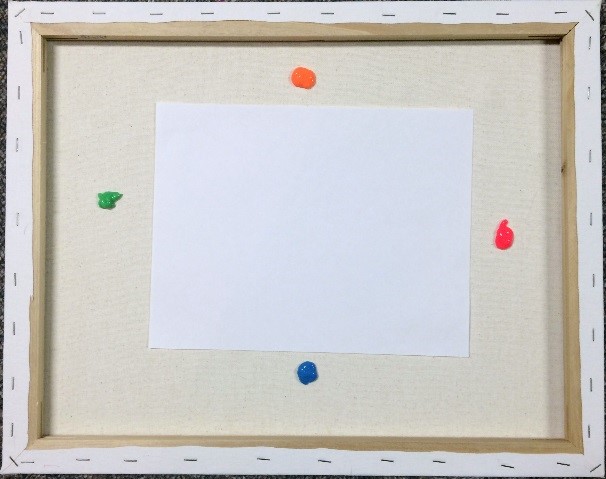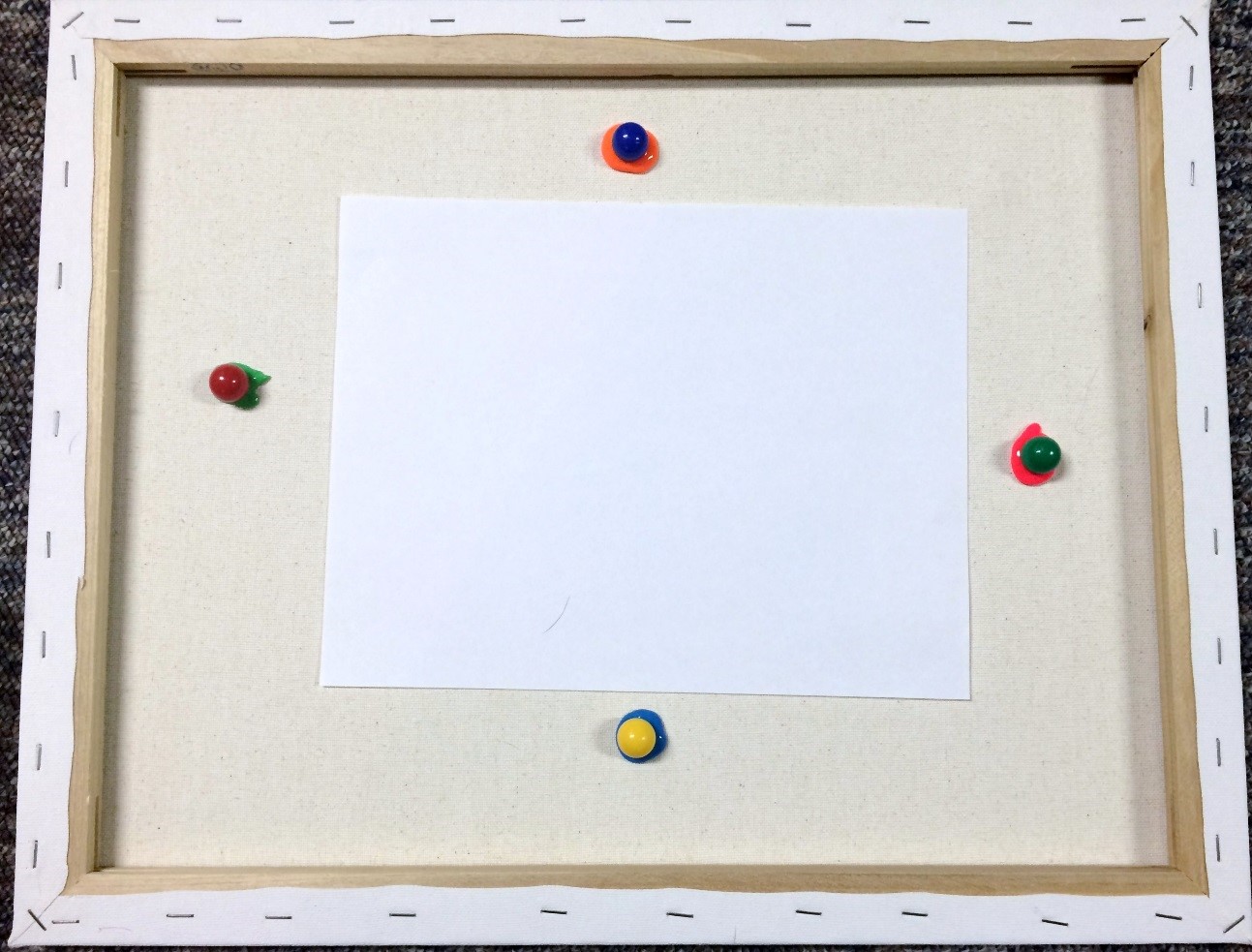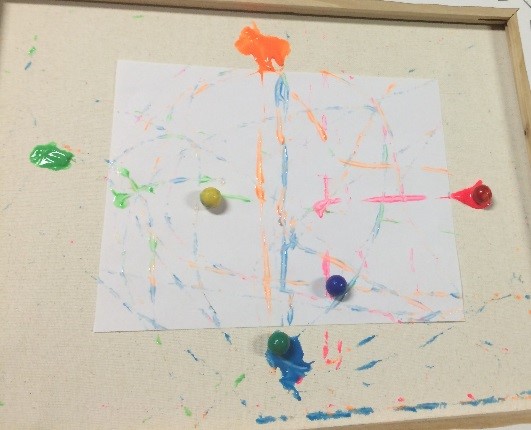May’s Therapro Saturday Seminar was a follow-up to last month’s seminar entitled: Developing the Brain from the Bottom Up! Pam Formosa, MA, OTR/L returned with her colleague and Co-Founder of Brain Fit Academy in Hopedale, MA, Christina Schlupf, MA Licensed Educator and ABA technician. They presented: The Listening Program™ and Reflex Integration: A Powerful Combination!
Brain Fit Academy uses a neuro-developmental approach to help students improve overall processing through Reflex Integration and to teach students skills to empower them for success. The Listening Program ™ (TLP), based on the work of French ENT, Alfred Tomatis in 1944, has developed over the years and today, Alex Doman carries on Tomatis’ work, focusing on using sound, music, and technology to improve brain function. TLP can be described as an auditory stimulation therapy that uses music to train the brain by strengthening neurological pathways with the outcome of improving learning, communication, information processing, and more.
Pam and Christina clarified the essential differences among hearing, listening, and auditory processing. They explained that hearing is a passive function, listening is a dynamic function, and auditory processing is also a dynamic function that involves the brain using what it hears to make sense of what is being heard. With a thorough review of the auditory system, we learned how sound frequencies affect brain and body function in a hierarchical manner. Pam and Christina shared an interesting fact about embryonic development: as early as 16 weeks gestation, the fetus responds to the mother’s voice and sounds outside the womb through bone conduction.
TLP utilizes transmission of vibrations through bone, called “bone conduction.” It involves listening to personalized music 5 days per week typically over the course of 20-40 weeks. TLP uses headphones to transmit sound through air (ear canal to the cochlea) and bone (vestibular system) simultaneously. The merits of bone conduction can be seen in several crucial areas including improved vestibular processing, which manifests itself in improved postural control, improved sensory awareness; speech and language development; and stress reduction and regulation of the parasympathetic nervous system. The potential benefits of TLP are astounding!
Pam and Christina presented a case study of an 11 ½ year old child with a clinical diagnosis of Auditory Processing Disorder to illustrate how they might use Reflex Integration in conjunction with The Listening Program™ to achieve positive therapeutic outcomes. Using formal checklist inventories to assess and quantify 6 areas of listening as a baseline of function before beginning treatment, and then again, following treatment, was examined. Changes in the child’s function were quantifiable and impressive between weeks 2 and 20 of treatment. Areas of significant improvement included Receptive and Expressive Listening and Language, Auditory Processing, Listening to the Body, Behavioral and Social Adjustment, Level of Energy, and integration of the Moro, TLR, and ATNR Reflexes.
The Listening Program ™ is one of many tools you’ll find in Brain Fit Academy’s tool box that can help remediate neuro-developmental immaturity. Used in conjunction with Reflex Integration, it is a powerful therapeutic modality with great potential to help students achieve improved functioning through brain “re-organization.”
Attendees shared their enthusiasm about the seminar:
“The information was enlightening and applicable to my work with preschool students with Autism.” -Jo-Ann F., Teacher
“Understanding elements that we may be missing, yet can relearn. Hope at the end of the tunnel.” – Anonymous, Parent
“Excellent information & will leave with ready to use activities/tx.” – Jennifer P., Occupational Therapist
“I think teachers need to understand the basics of Primitive Reflexes. This can really impact a child’s learning and behavior in the classroom.” – Ann Marie H., Teacher
Thank you, Pam and Christina!
Filomena Connor, MS, OTR/L








